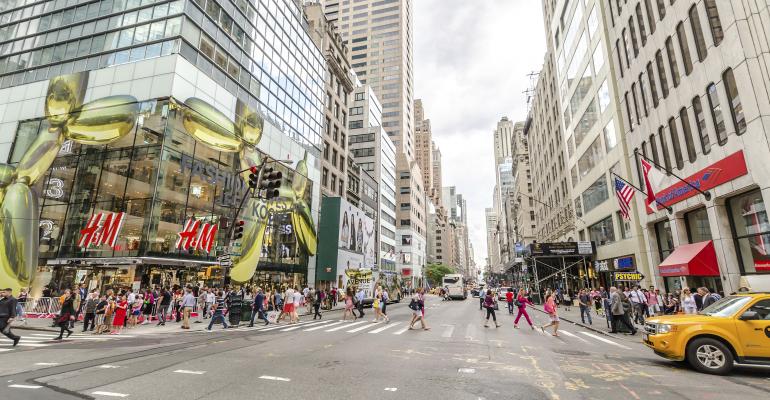Within the real estate sector we tend to have a fascination with ranking retail locations based on rent values as, to a certain extent, the rent profile does reflect the attractiveness of that location to retailers and shoppers. However, relatively little attention is paid to understanding the fundamental drivers behind the aspiration of retail brands to have a presence in a particular city and location, and essentially their ability and willingness to pay the high rents.
For example, how do cities compare in terms of retail sales, tourist flows, tourist spend and, most importantly, profitability? The fundamental question is how appealing is a city/location as a place to shop as this will ultimately determine its attractiveness to retailers.
With this in mind Savills devised an approach to assess the quantitative and qualitative features of various global retail cities related to their potential attractiveness to international visitors and retailers. This involved examining retail sales, tourist flows, tourist spend, the quality of the retail environment and the shopper experience, amongst other metrics, across a number of global destinations. New York topped the ranking, outperforming London, Paris, Milan, Dubai, Hong Kong and Singapore.
So what makes New York such a great retail destination?
For retailers, it is the scale of consumer spend, and in particular luxury spend, that really places New York at the top of the rankings. Retail spend in the city averaged $12,800 per head in 2015. While this was second to Dubai, the city’s total spend on personal luxury goods annually, close to $30 billion, according to consulting firm Bain, twice that of second-placed Paris. Couple this with relatively robust forecasts related to total retail spend of 2.7 percent per annum over the next five years, and more specifically tourist spend (6.2 percent per annum), and the operational attraction of the city is clear.
This was apparent in the results of store manager surveys carried out in each city. New York store managers on the principle shopping streets of Fifth Avenue, Madison Avenue and Broadway in Soho were the most satisfied with current trading performance compared to those in the other global cities, with 90.5 percent stating they were satisfied to very satisfied. It is the trade potential of having a store in one of New York’s principle shopping areas that goes some way to explain the high rents. Total occupational costs for a store on New York’s Fifth Avenue was the highest across the seven cities examined in our Global Retail City Study; however, considering the potential magnitude of sales that could pass through a store, it has the potential to remain highly profitable. The possible profitability of New York as a retail location, plus the importance of having a presence in the city from a brand perspective has, and is continuing, to attract new international retailers to the city. The ease with which retailers can open new stores is also likely to be an added attraction—85.3 percent of store managers in New York stated that it is very easy to open new stores in the city, the highest across the seven global cities examined.
For shoppers, New York’s appeal lies in the quality of its retail environment and the shopper experience. The survey asked store managers to rate a number of features, such as service levels, connectivity, overall ease of shopping and quality of pedestrian walkways, amongst other public realm features. New York ranked consistently high in terms of the retail environment and experience, ranking second on both measures. When it came to the overall shopping experience, New York ranked second to Hong Kong, with 95.8 percent of respondents rating ease of shopping in New York as good to very good, with connectivity to main attractions rated as good to very good by 91.6 percent of respondents.
In terms of the retail environment, or more specifically the quality of facilities and amenities available to shoppers, New York ranked second to Dubai. An impressive result considering Dubai’s retail environment is dominated by shopping centres where facilities can be more easily provided and maintained. In fact, New York achieved the highest result of the seven cities when it came to the quality of pedestrian walkways, with 94.7 percent of store managers in the key retail areas surveyed rating it as good to very good.
Clearly, the fundamentals that make New York an attractive place to shop, as well as a place to trade, are extremely robust, ensuring its current position as the premier global retail city destination. It is unsurprising, therefore, that it also has some of the highest retail rents in the world. So perhaps it’s not that odd to rank on rental prices after all.
Marie Hickey serves as director of commercial research in the London office of real estate services firm Savills.

